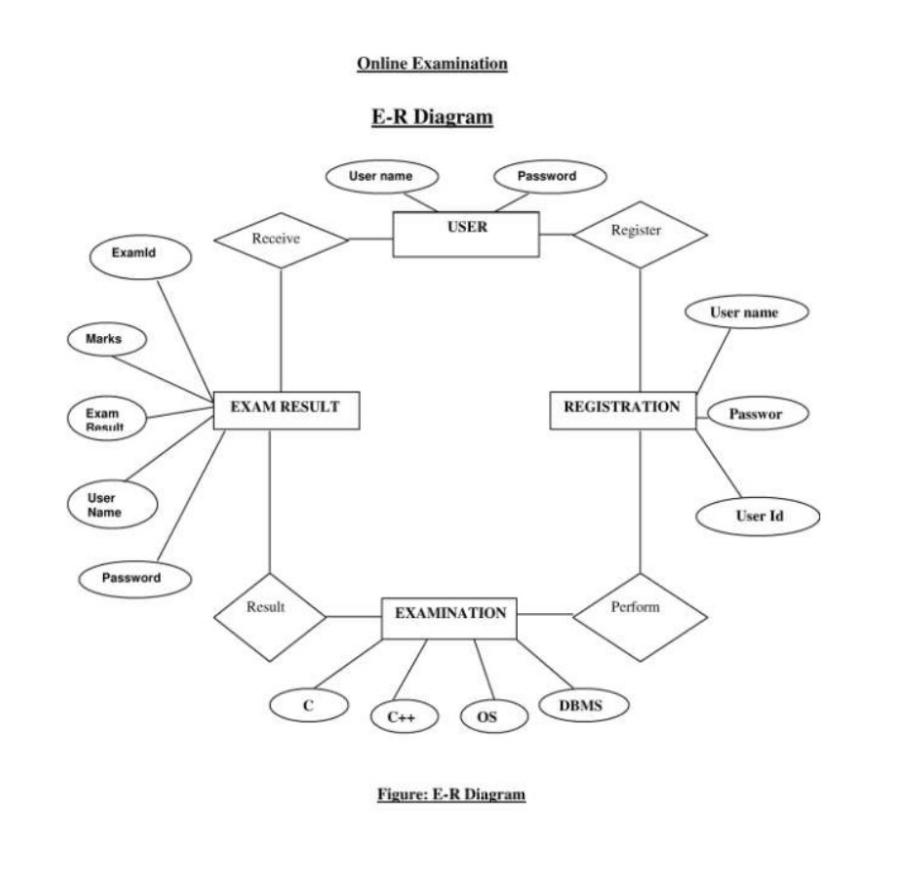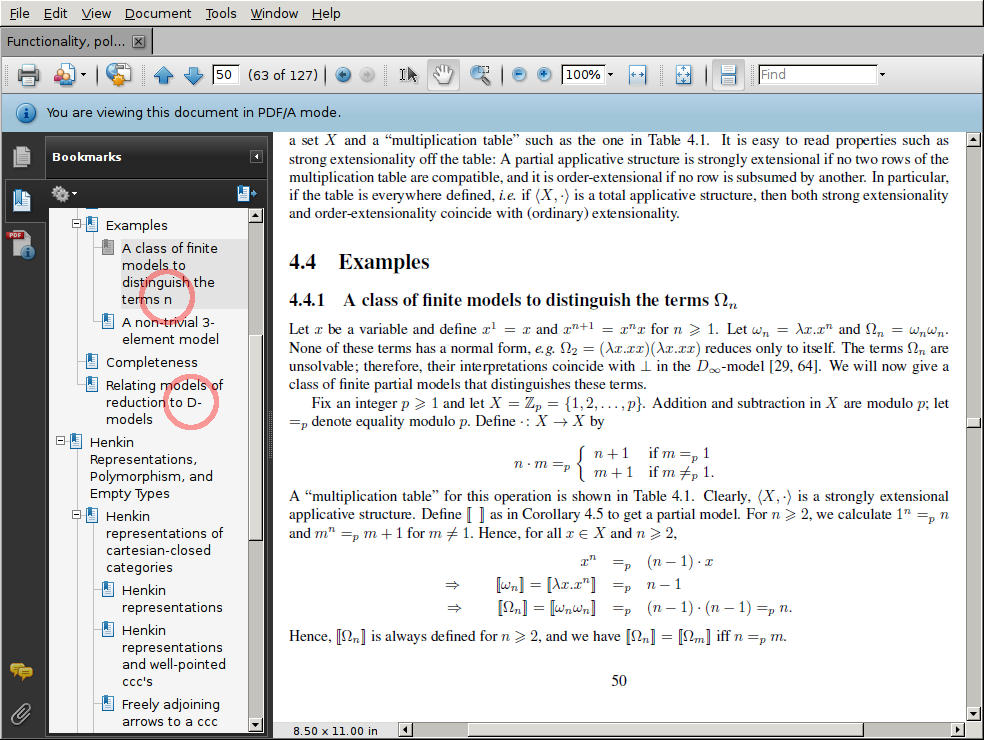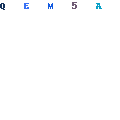Amanita Phalloides Poisoning (Death Cap Fung Caus Tox.
Amanita muscaria was widely used as an entheogen by many of the indigenous peoples of Siberia.Its use was known among almost all of the Uralic-speaking peoples of western Siberia and the Paleosiberian-speaking peoples of the Russian Far East.There are only isolated reports of A. muscaria use among the Tungusic and Turkic peoples of central Siberia and it is believed that on the whole.Amanita phalloides: The Death Cap. Hello there! Welcome to the webpage fully dedicated to the poisonous mushroom, Amanita Phalloides! Commonly referred to as the Death Cap, this highly poisonous mushroom could bring even the bravest of souls down. This webpage is just one of many included in a biology class database of organisms from plants to.Amanita Mushrooms. Amanita phalloides (and other varieties such as Amanita verna and Amanita bisporigera), are poisonous mushrooms found throughout North America that can cause acute hepatic necrosis in dogs and cats. 162,163 Toxicity is attributed to extremely toxic cyclopeptide toxins called amanitins. Ingestion of two A. phalloides mushrooms can be lethal to an adult dog. 163 Clinical signs.
The reproduction of the Amanita phalloides falls under the general reproduction of the phylum Basidiomycota. The major defining trait that separates these fungus from others is the production of the basidium or basidia if used in plurality. These basidia produce sexual spores that are used to create more basidiomycota. Secondly, this group.Amanita, (genus Amanita), genus of several hundred species of mushrooms in the family Amanitaceae (order Agaricales, kingdom Fungi). Some species of Amanita are poisonous to humans. The amanitas typically have white spores, a ring on the stem slightly below the cap, a veil (volva) torn as the cap.

Amanita treatment already showed good results in prophylaxis or cure of a number of tumor cases. To expand the possibilities of experimental medicine, a pilot study of treatment of B-cell chronic lymphatic leukemia (B-CLL) is described here. As outlined previously, 8,9 the therapy was administered with A. phalloides (zert. Riede) homeopathic.











